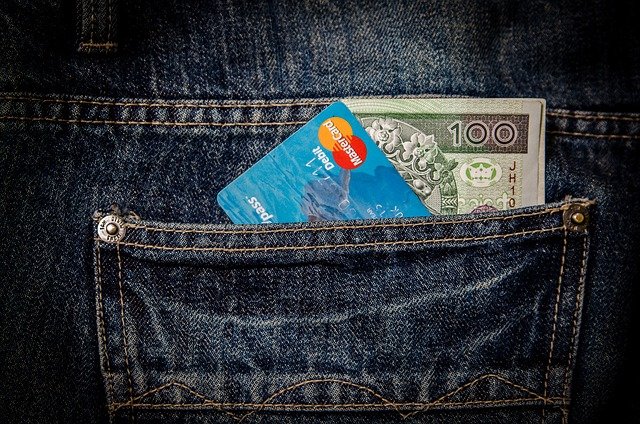The Hidden Costs of Financial Convenience: Unmasking the True Price of Instant Gratification
In an era of one-click purchases and tap-to-pay transactions, financial convenience has become the norm. But beneath the surface of seamless transactions and instant access lies a complex web of hidden costs. This article delves into the often-overlooked expenses associated with our increasingly frictionless financial world, exploring how convenience can sometimes come at a steep price.

The Evolution of Financial Convenience
The journey towards financial convenience has been rapid and transformative. Just a few decades ago, managing personal finances involved physical ledgers, in-person bank visits, and cash transactions. Today, smartphones serve as portable banks, allowing us to move money, make investments, and track expenses with a few taps.
This shift has brought undeniable benefits. Time savings, reduced errors, and increased access to financial services have empowered consumers worldwide. However, the ease of transactions has also led to increased spending, reduced mindfulness about financial decisions, and new forms of fees and charges that often go unnoticed.
The Psychology of Frictionless Spending
One of the most significant hidden costs of financial convenience is its impact on our spending habits. When transactions are effortless, the psychological barrier to spending decreases. This phenomenon, known as the pain of paying, is diminished in digital transactions, leading to more frequent and often less considered purchases.
Studies have shown that consumers tend to spend more when using credit cards or mobile payments compared to cash. The abstraction of money in digital form makes it easier to disconnect from the reality of spending, potentially leading to overspending and accumulation of debt.
The Price of Instant Access
While 24/7 access to financial services is undoubtedly convenient, it comes with its own set of costs. Many financial institutions charge fees for instant transfers, overdraft protection, or premium features in mobile banking apps. These charges, often small individually, can add up significantly over time.
Moreover, the expectation of instant access has led to a decrease in financial planning and foresight. When funds can be moved at a moment’s notice, there’s less incentive to budget carefully or maintain emergency savings, potentially leading to financial vulnerability in the long run.
Data Privacy and Security Concerns
As our financial lives become increasingly digital, the risk of data breaches and identity theft grows. While financial institutions invest heavily in security measures, the convenience of digital finance often requires users to share sensitive information across multiple platforms and devices.
The cost of a security breach can be enormous, both financially and in terms of time and stress. Additionally, many convenient financial services rely on data collection and analysis, raising questions about privacy and the commodification of personal financial information.
The Opportunity Cost of Automation
Automated financial services, from bill payments to investment management, offer tremendous convenience. However, they also come with an opportunity cost. When financial management becomes too hands-off, individuals may miss opportunities to optimize their finances, negotiate better terms, or identify areas for improvement.
Furthermore, the ease of automated investing through robo-advisors or set-and-forget retirement accounts may lead to a false sense of security. While these tools can be valuable, they may not always account for changing personal circumstances or market conditions, potentially resulting in suboptimal financial outcomes.
Strategies for Mindful Financial Convenience
While the costs of financial convenience are real, they need not deter us from embracing helpful technologies. The key lies in striking a balance between convenience and conscious financial management. Here are some strategies to consider:
Balancing Convenience and Financial Mindfulness
-
Regularly review automated transactions and subscriptions to ensure they align with your current needs and budget
-
Set spending limits on digital payment methods to maintain control over impulse purchases
-
Use budgeting apps that provide real-time insights into your spending patterns
-
Periodically “unplug” from digital finance to reassess your financial goals and strategies
-
Opt for two-factor authentication and robust security measures for all financial accounts
-
Consider using cash for discretionary spending to maintain a tangible connection with your finances
-
Regularly update and diversify passwords for financial accounts to enhance security
Embracing Conscious Convenience
The march of financial technology is unstoppable, and the convenience it offers is here to stay. However, by remaining aware of the hidden costs and taking proactive steps to mitigate them, we can harness the benefits of financial convenience without falling prey to its pitfalls.
As we navigate this new landscape, the goal should be to use technology as a tool for financial empowerment rather than a crutch that leads to financial complacency. By combining the efficiency of modern financial services with mindful money management practices, we can build a more secure and prosperous financial future.





